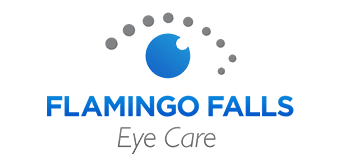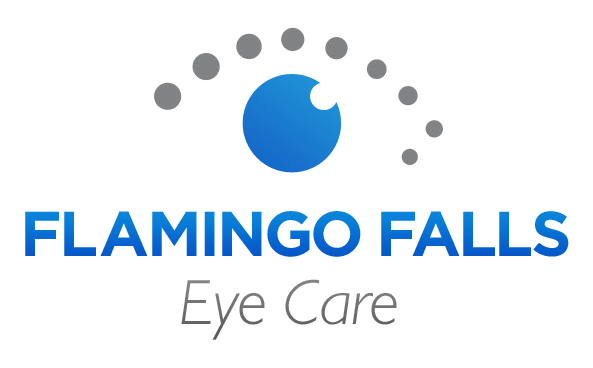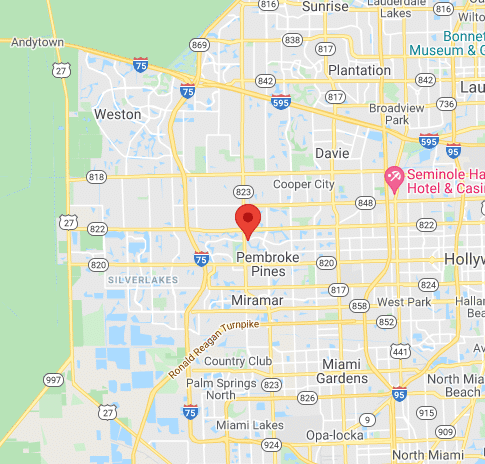ADVANCED TECHNOLOGY
The Optomap Retinal Exam At Flamingo Falls Eye Care
Optomap Retinal Exam, an ultra-widefield retinal examination, is the revolutionary diagnostic tool that allows clinicians to view a majority of the retina. The Optomap Retinal Exam is a non-dilating camera that captures a digital image of the retina. The Optomap allows the doctor to capture a 200° high-resolution image of the retina in a single shot– without dilation — in a quarter of a second. The doctor can see up to about 80% of the retina in most cases. It’s easy for the patient, takes just a few minutes to perform, and is immediately available for review with the patient in the exam room.

Dilation, the traditional method, is still required for all new patients. There are certain patients that will still require yearly dilated exams, but the Optomap can provide a nice alternative to most patients on subsequent visits.
Dr. Balaguer includes Optomap retinal imaging because:
- It allows for enlargement of image to see more detailed view of the retina
- It takes just a few minutes start-to-finish, a much shorter office visit than if dilation is performed
- You leave the office with vision intact, rather than with light-sensitivity and blur
- Creates a permanent record
- Allows for future comparisons–we can compare this year’s image to next year’s image—side by side
- Can be reviewed by other doctors, if necessary
What can the Optomap detect?
Both ocular and systemic disease can be detected with the Optomap. The device allows us to evaluate your retina for problems such as macular degeneration, retinal holes, retinal detachments, hypertension and diabetic retinopathy. Benign nevi or “freckles” of the back of the eye can also be found just like freckles on your skin. A device like the Optomap is critical to differentiate benign “freckles” versus malignant melanomas of the retina. The Optomap allows you the opportunity to see the inside of your eye just as the doctor sees it!
Everything You Need To Know About Optomap Retinal Imaging
1) Please describe what the Optomap is used for and give a basic sense of how it works.
The Optomap is used to obtain an ultra-widefield digital image of the retina without the need for dilation drops. A low powered scanning laser is used to capture the image.
2) What components, or how much, of the retina does this look at and give imaging for?
The Optomap can display over 80% of the retina.
3) What types of eye diseases and disorders can be discovered?
Diabetes, hypertension, tumors, retinal tears and detachments, macular degeneration, glaucoma, etc…
4) What is it about this particular technology that you find most exciting; the component that made you feel you need to invest in this for your practice?
The most exciting thing about this technology is that it allows us to provide a high level of eye care in an easy and comfortable manner for our patients.
5) Can you describe the patient experience when using the Optomap?
The technician helps the patient adjust their head into the correct position in the instrument. The patient will notice a mild brief flash of light when the image is taken. The actual scan only takes a quarter of a second!
6) Do the patients that walk through your doors day in and day out, appreciate the upgrade in technology?
Our patients LOVE the technology! Most practices do not have this technology in their offices. The few that do usually charge patients an additional fee to have images taken. We want EVERY one of our patients to benefit from this amazing technology so we include this service at NO CHARGE with every eye exam!
7) How does this technology improve comprehensive eye exams compared to the days when we did not have Optomap Retinal Imaging?
Before the Optomap Retinal Exam, we would have to rely on dilating eye drops to get the full, complete view of the retina that was needed to conduct a thorough eye health evaluation. The dilated eye examination could often be uncomfortable for patients, and the side effects of the drops would usually last for a few hours. By having a digital image taken, the patient does not have to suffer from any side effects, and the images can be compared to one another year after year, allowing the doctor to catch and diagnose eye disease at their earliest, and most treatable stages.
8) To what patients do you recommend using the Optomap?
We recommend the Optomap to every single patient.
9) Are there certain feelings or vision issues that a person may notice that would point to the need for Retinal Imaging?
Most eye diseases are not detectable by the patient at their earliest stages, but if a person notices any sudden loss of vision, flashing lights, or new floaters, a comprehensive eye exam combined with an Optomap scan would be a very good idea.




